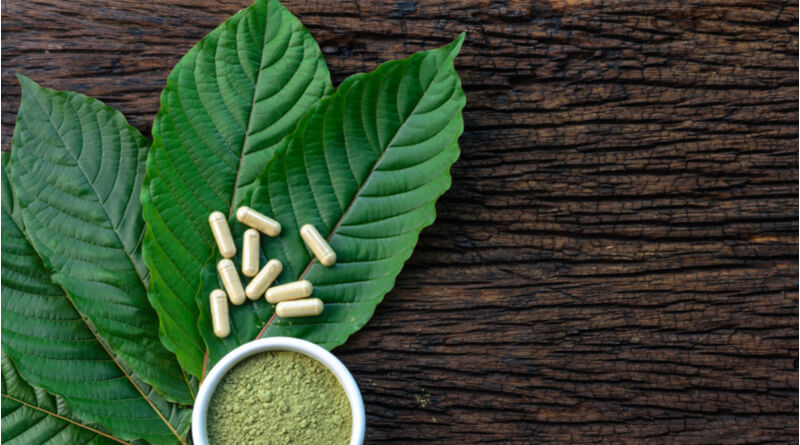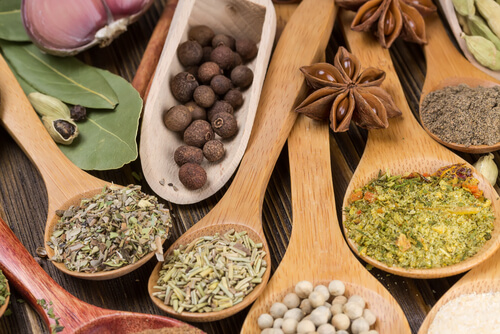Kratom (Mitragyna speciose) is a species of tropical evergreen tree that is a member of the coffee family. It grows naturally throughout South East Asia, most noticeably in Thailand, Malaysia, and Myanmar. The leaves and the extract of the tree are used both as a stimulant and a sedative. The extract is also used to treat chronic pain, manage digestive ailments, and help with the opium withdrawal process. But as powerful as a medicinal treatment kratom is thought to be, it has not undergone rigorous testing. The scientific community is still unsure of the full extent of its health effects and possible symptoms.
The Kratom Controversy
As previously mentioned, kratom has not been studied sufficiently, so it is rarely officially recommended by doctors. No drug can be considered truly safe or effective until it has gone through multiple trials that follow the scientific method.
Kratom is suspected to be more dangerous than some other drugs because it has the same concentration of alkaloids as hallucinogenic mushrooms and opium. One study that explored the effects of kratom verified its addictive properties which are a result of the kratom’s mitragynine content. Mitragynine is the major psychoactive alkaloid contained in kratom. If a person develops a dependence on kratom and subsequently mitragynine, it can result in some very unwanted side effects such as, nausea, tremors, sweating, inability to sleep, hallucinations, etc.
Perhaps the biggest drawback to using kratom – besides its unpleasant symptoms – is the fact that it is not regulated. This means that it has no standard dosage. And since a doctor cannot prescribe an actual, people who take kratom are at risk of overmedicating. Considering kratom’s closeness to opium and hallucinogenic mushrooms, this is very dangerous








